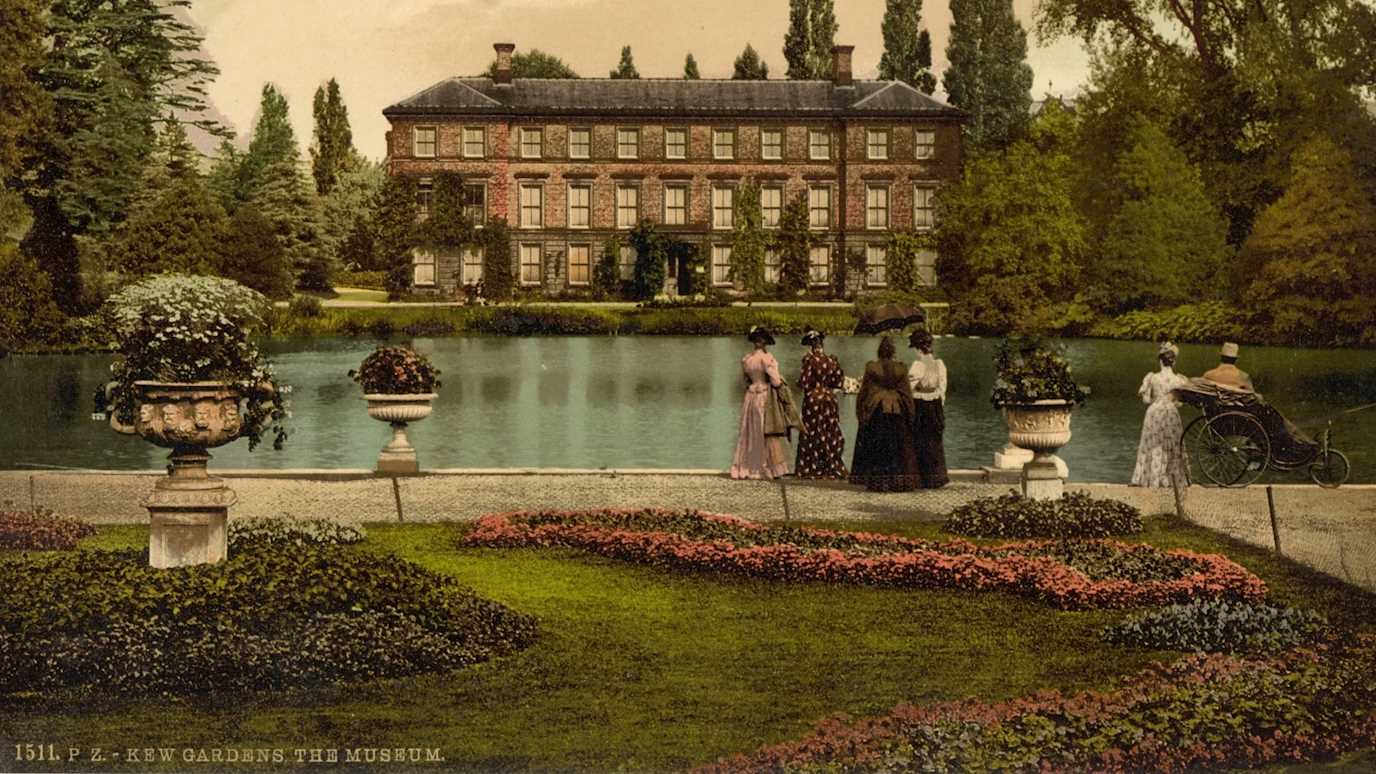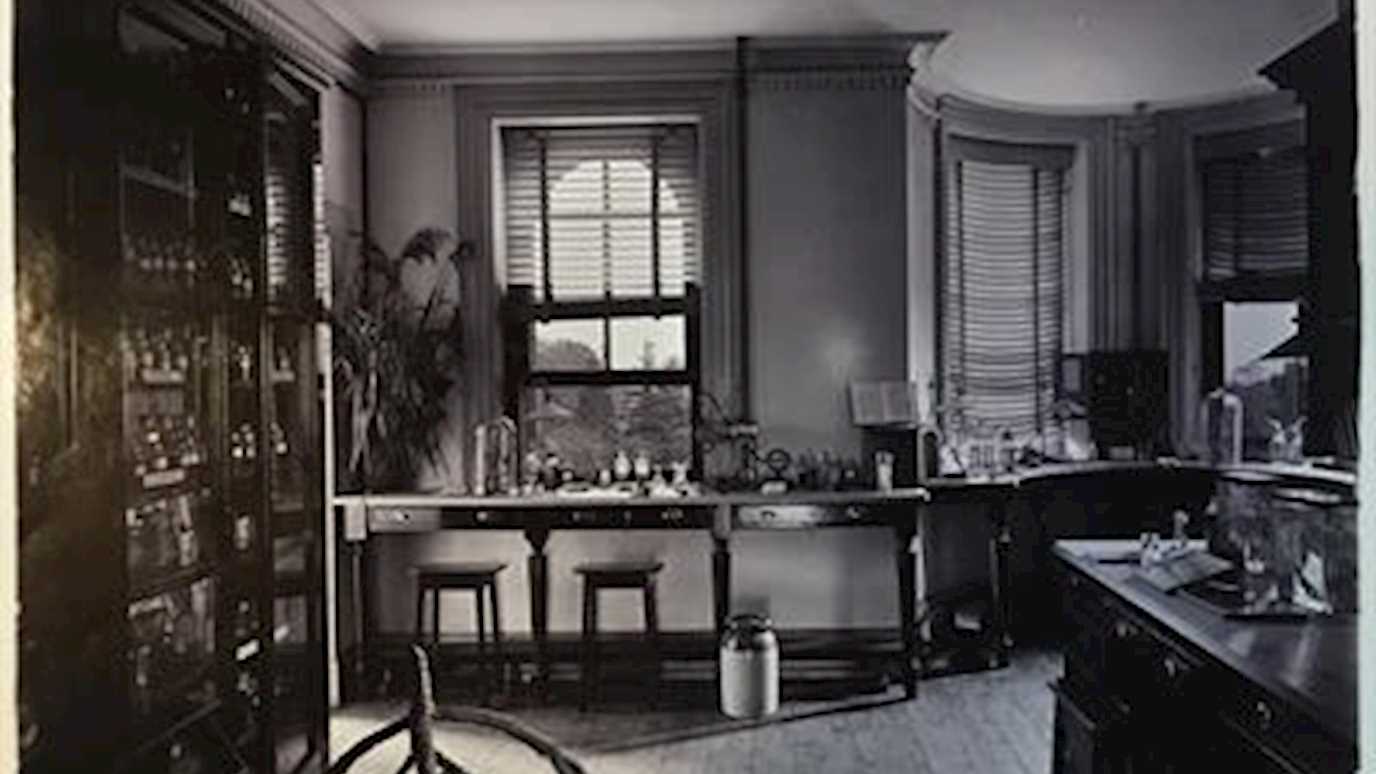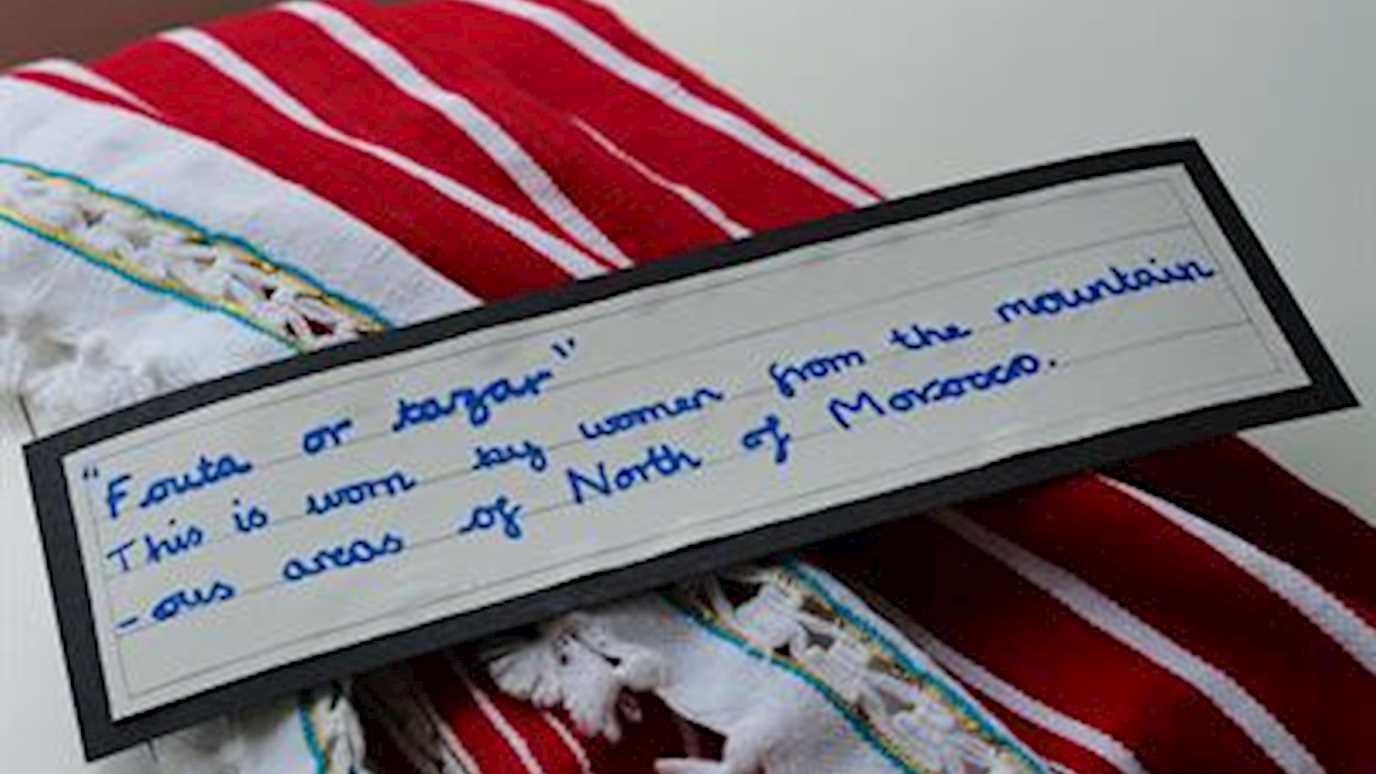Posted on 07/11/2018 by Caroline Cornish
Having just returned from a four-week research trip in Australia with Co-Investigator Mark Nesbitt, I’ve been reflecting on our work on objects which circulated between Kew’s Museum of Economic Botany and comparable institutions in Australia during the late nineteenth century. The statistics alone give an indication of our busy schedule: a week at a time spent in, respectively, Brisbane, Sydney, Melbourne and Adelaide, with visits to 5 botanic gardens, 3 museums, 2 universities, 4 state libraries and 4 state archives; 6 papers delivered at 6 institutions; and one interview on popular radio.
Before 1901, what we now call Australia was a group of 6 distinct self-governing colonies competing to attract immigrants and to gain a foothold in global commerce. They shared a robust culture of economic botany which was manifest in collections for both public and specialist consumption. Between 1870 and 1915, the Kew Museum sent over 3,000 specimens and artefacts to 9 Australian museums, universities, gardens and societies.
Our primary aim on this trip was to discover and document these objects where they still exist. In this we had considerable success. Some economic botany collections, for example those at the Powerhouse Museum in Sydney and at the Queensland Museum in Brisbane, are catalogued and databased; whilst others, such as the Economic Botany Collection at Melbourne Botanic Gardens, are in store and awaiting cataloguing, so our work in those cases is ongoing.
As in the UK, Australian economic botany collections fell out of favour after 1945 as oil-based synthetics replaced plant raw materials. However, some have found their way back into displays: in the foyer to National Herbarium of NSW at Sydney; in the fabulous Melbourne Museum (originally sent to the former Industrial & Technological Museum); and at the Adelaide Botanic Garden, where the Museum of Economic Botany stands as an inspiring example of what can be done with such collections to engage contemporary audiences.
We experienced a highly positive reception at every stage of our journey. Australian curators are pleased that biocultural collections like these are receiving attention and welcome the new knowledge which will issue from our research, for a collection is only as useful as the knowledge which accompanies it, and an unused collection is a vulnerable one. We are keen to help curators of these collections form a network for mutual support and for sharing best practice. And for our part we have learnt that, more often than not, the best way to get these collections out of the cupboards is to visit in person and build inter-personal relationships as a foundation for lasting collaboration.
And if you want to hear our interview (ABC Radio Melbourne), it’s still available here
























